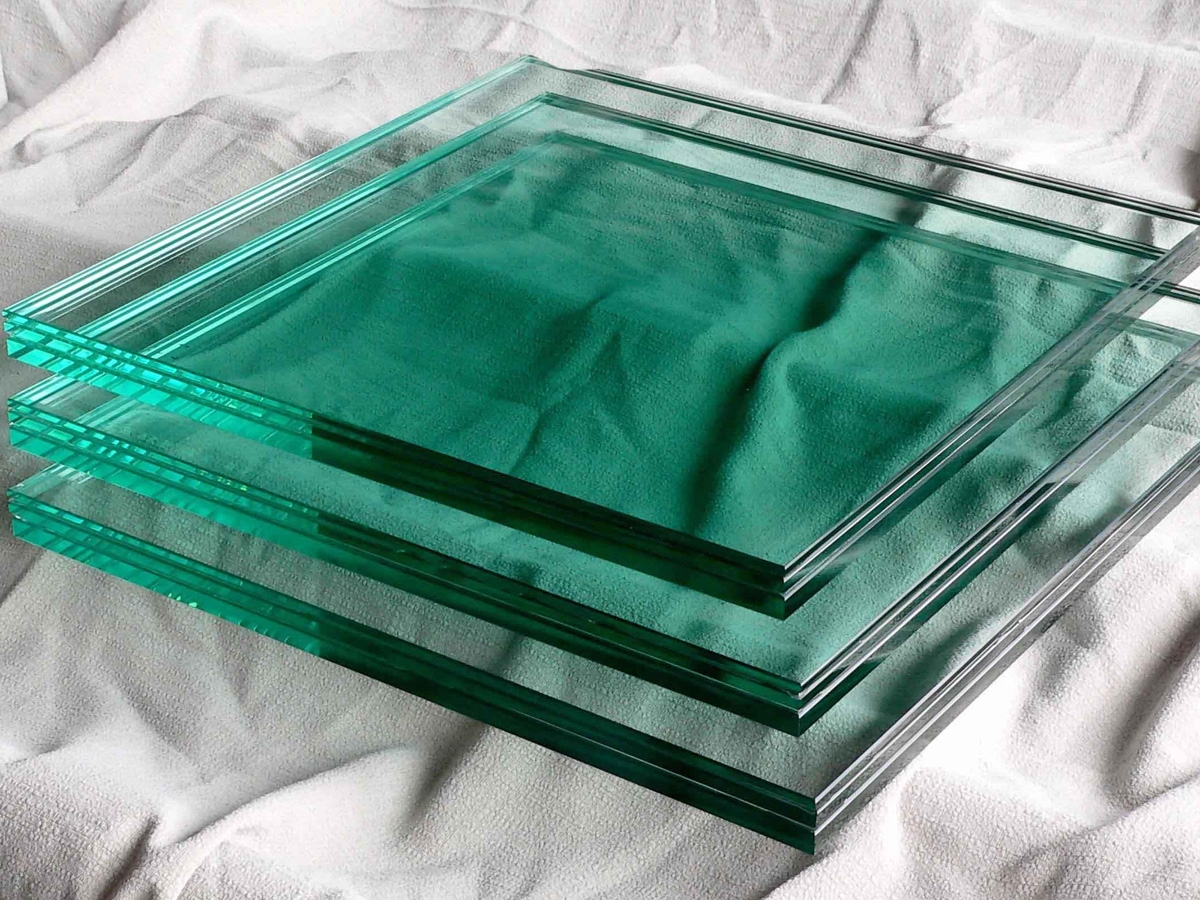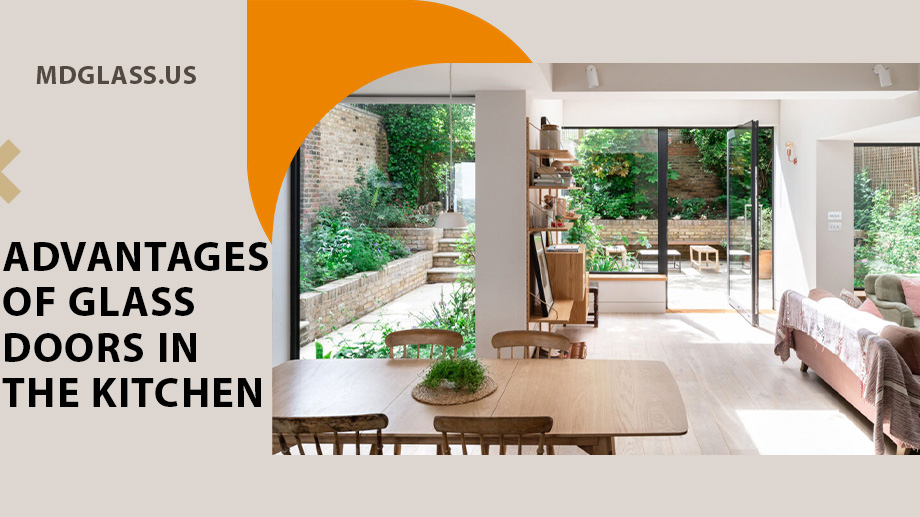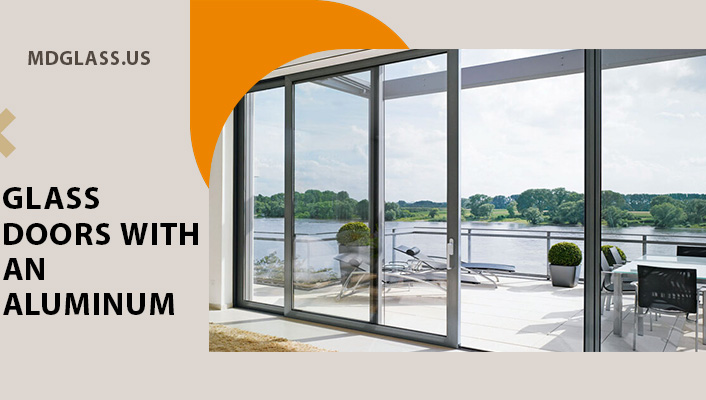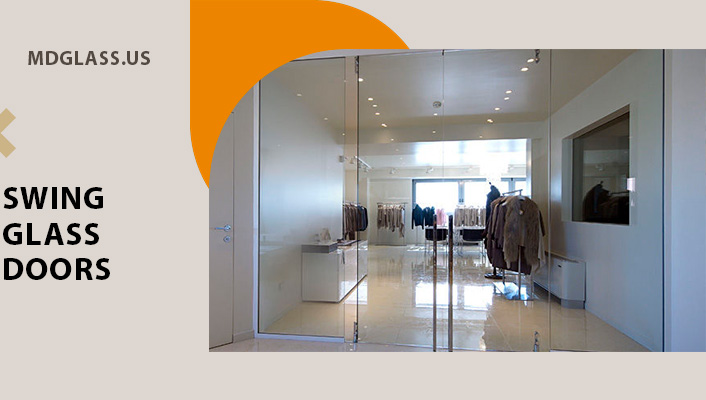A film triplex is several glasses glued together with a special PVB film with a special thickness. In other words, these types are called: triplex by EVA or PVB technology. It is worth noting that there are several varieties of film, differing in various technical indicators and properties. This technology for producing triplex allows the production of laminated glass with high optical characteristics.

Autoclave production
In this type of production, two main technological processes are distinguished: removal of air bubbles between the glued sheets of “raw” glass and gluing. The removal of the bubbles takes place in a hot pre-press colander. To speed up the bonding of sheets, the workpiece enters the autoclave, where the temperature increases under special pressure. When the temperature rises to 150C, the final gluing of the triplex occurs. This technology is used by some glass manufacturers. And it has its own limitations in its composition (type of glass, thickness, and a number of films, as well as color).
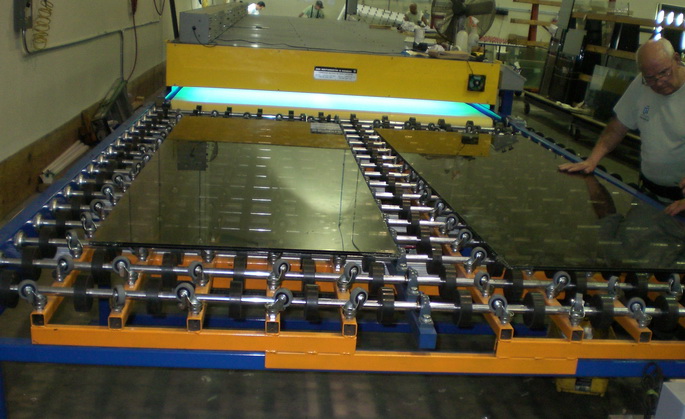
Non-autoclave method for producing film triplex
The production of patterned glass is carried out using pressing technology. So, a hot glass mass is placed in special forms with a relief pattern. After that, the mass is compacted, filling all the cutouts in the mold, and after cooling it retains the desired relief. It is worth noting that patterned glass can be both transparent and colored. To give the material some color shade, special high-temperature pigments are added to the molten mass. The degree of light transmission for transparent patterned glass is 80% and 60% for colored glass.
